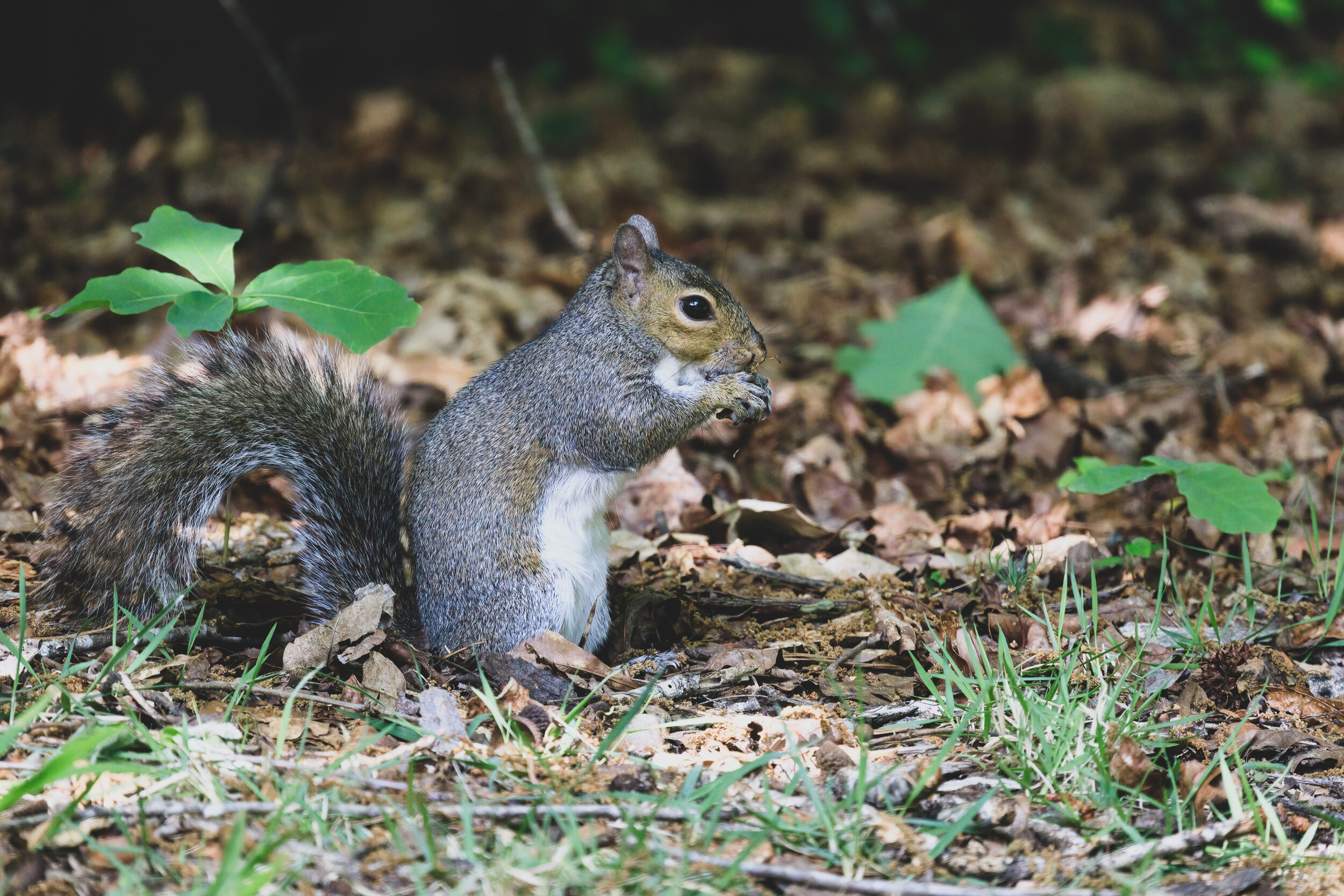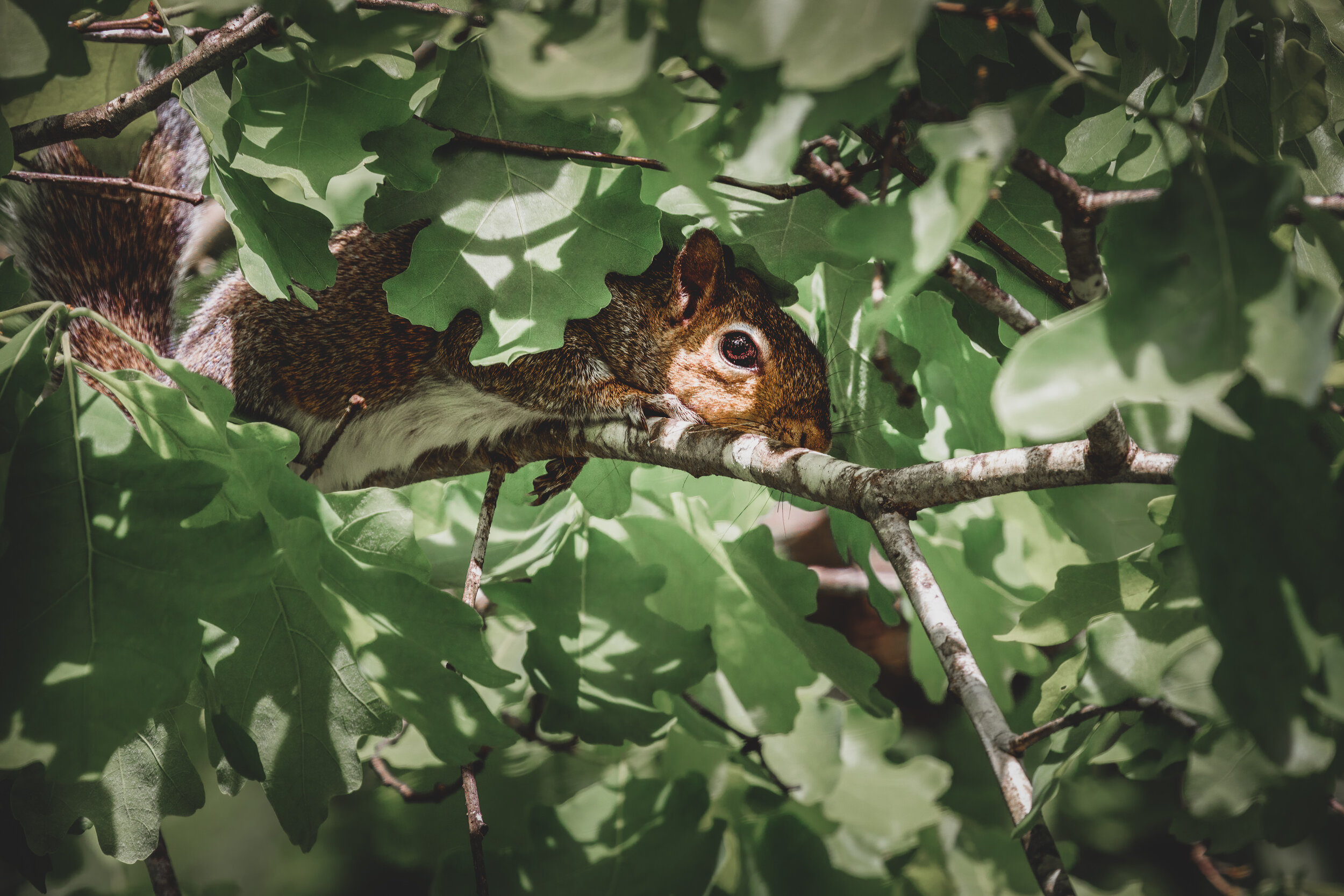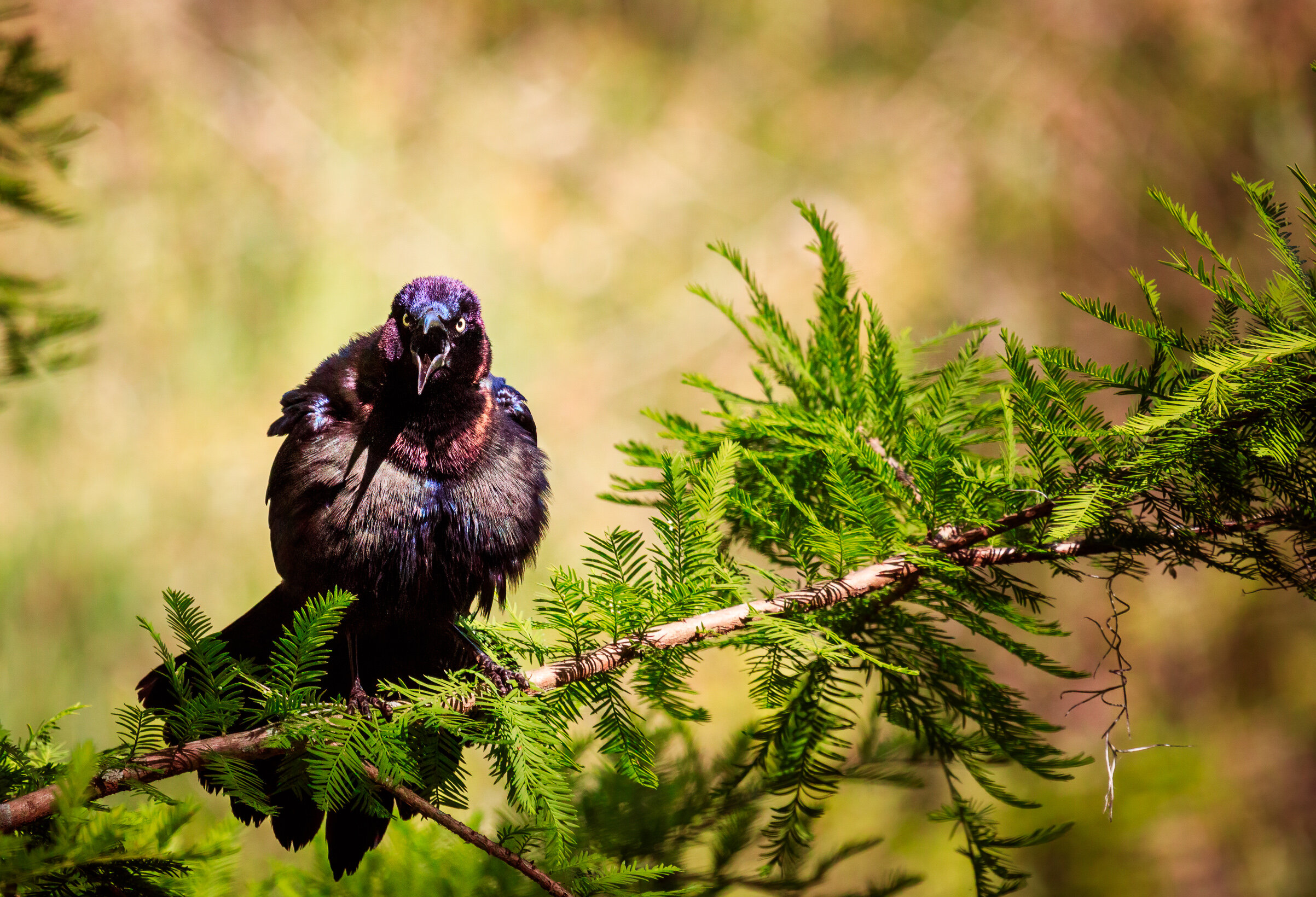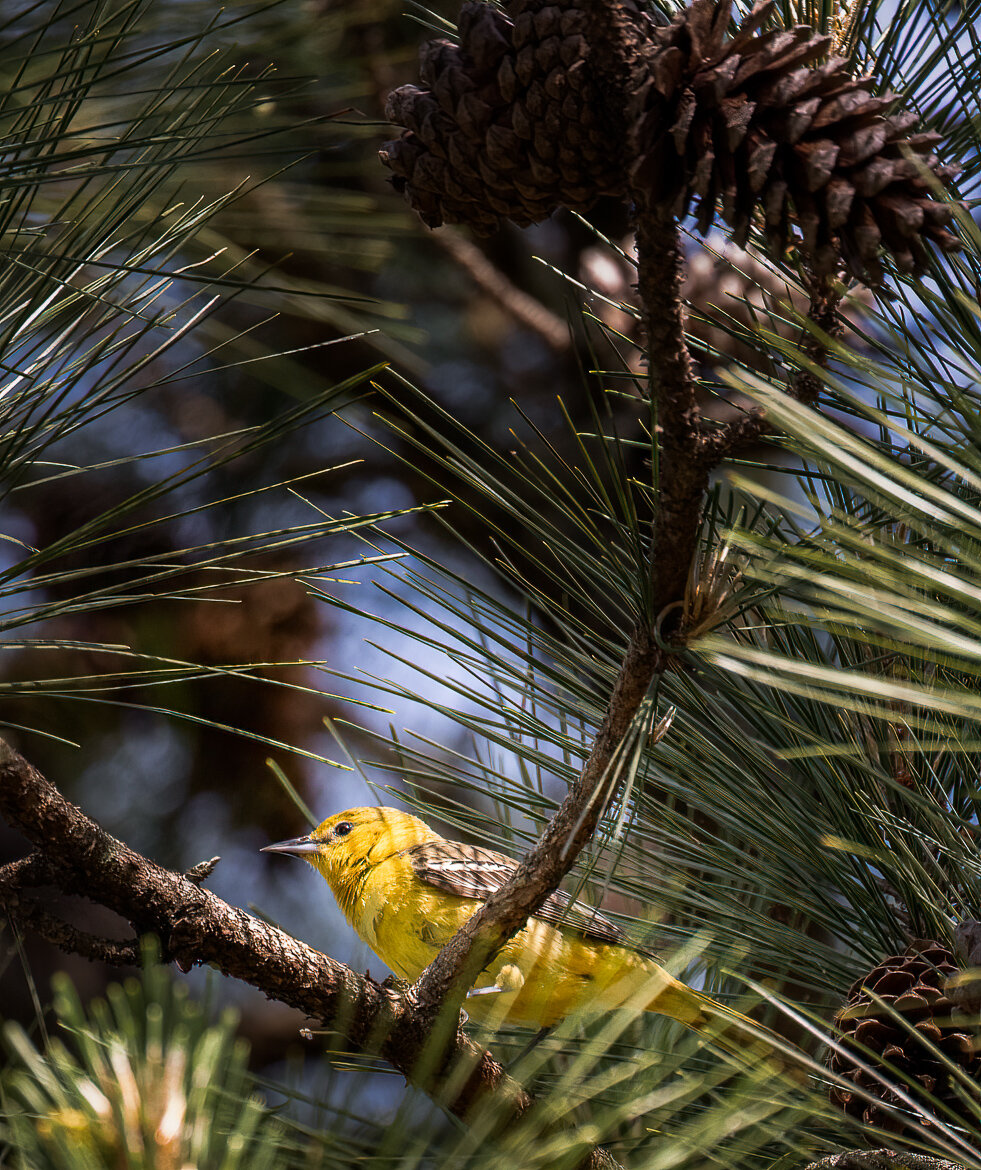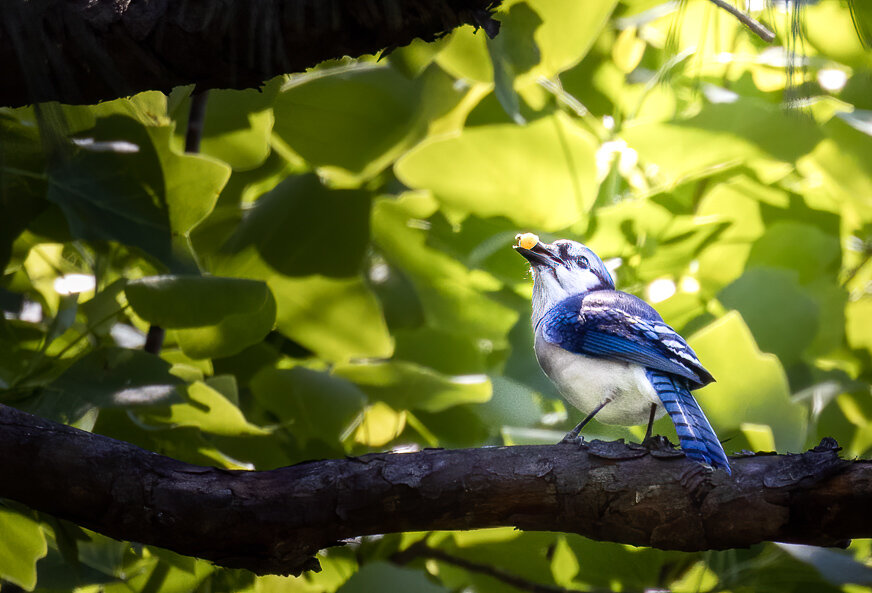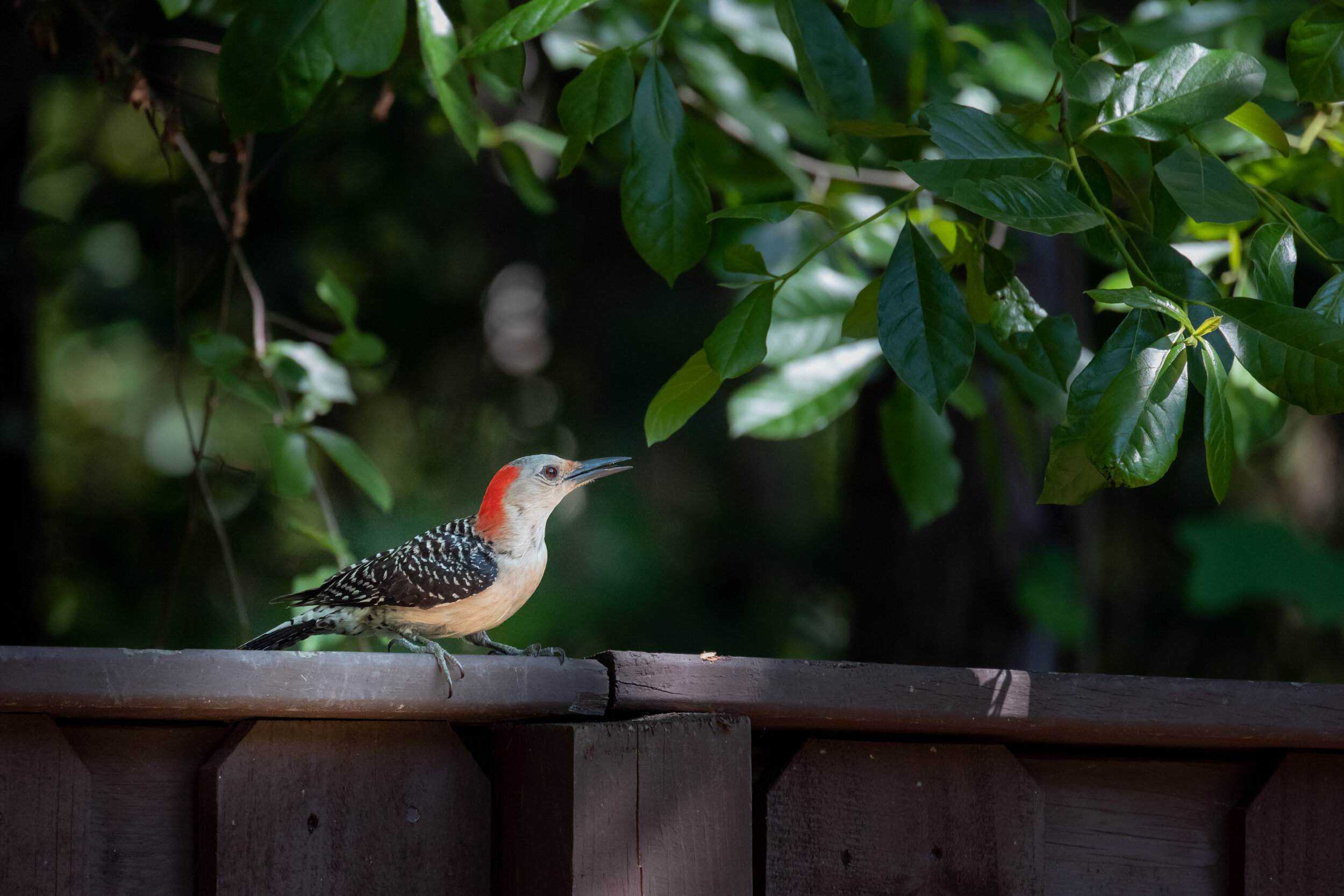Canon RF 600mm f11 vs Canon RF 800mm f11
I recently sold all of my Canon EF lenses to help cover the cost of some new RF lenses I’d like to buy. Currently, I own the Canon RF 24-105 f4 L and the 70-200 f4 L. Both of these lenses are fantastic. One of the lenses I sold was my Canon EF 100-400mm f/4.5-5.6L IS USM. I haven’t used it much over the past few years as I have been shooting mostly landscapes and macro. However, I want to get back into shooting more birds and other wildlife as well. I was considering replacing the 100-400 with the new RF 100-500, but I just really don’t want to spend almost $3,000 on a lens right now. Luckily, there are some cheaper options in Canon’s super telephoto lens lineup.
Enter the RF 600mm and 800mm f11 IS STM lenses both of which cost less than $1000. But which one to get? Is 600mm enough reach? Is 800mm too much? What about weight and size. Do I even have a bag that will fit the 800mm? Is f11 going to be an issue? After watching several YouTube reviews and reading several articles about the pros and cons of these two lenses, I still wasn’t sure. At the time I was trying to decide, I was leaning toward the 800mm. It was on backorder everywhere I checked, so I went ahead and ordered it and rented the 600mm from Borrowlenses.com so that I could test it out while I waited for the 800.
I got the 600mm in and headed out to a local nature area to test it. My first impression was that it was really light for its size (not much larger than the 100-400), but I was able to hand hold this thing mounted to my EOS R for several hours without any fatigue. It is made of plastic though, so it doesn’t have the premium feel of an L lens. Neither of these lenses is weather sealed either. This isn’t really a problem for me because I don’t do much wildlife photography in rain/snow. If you shoot often in bad weather you may want to look elsewhere. I thought the fixed f11 aperture might be a problem, but honestly, I kind of liked it. With the aperture fixed, I set my camera to auto ISO and the only thing I had to think about was shutter speed and composition. I usually shoot in full manual mode, so this was a bit liberating. My ISO did get a bit high. Was there noise? Yes, but nothing that can’t be fixed in post (Topaz Denoise AI is wonderful for noise reduction).
The biggest challenge I faced while using this lens (well, both this and the 800) was getting sharp focus. I don’t blame this on the lenses though. I think it has more to do with my unsteady hands and my camera’s autofocus. I would love to try out the animal eye tracking on the Canon EOS R6 or R5 with these lenses and see how it compares (a future article idea maybe). The shots I did get in focus where very sharp though. Maybe not quite as good as with my RF L lenses, but still very, very good.
The 800mm arrived next and I headed out to another local park that I knew would have some good subjects for this bazooka lens. The 800mm looks exactly like the 600mm, just a few inches longer, a bit larger in diameter and a bit heavier (see comparison chart at the end of the article). It is possible to hand hold this lens too, but my arm did start to tire after awhile. Luckily, I was prepared and just mounted the lens on my monopod. The reach on this lens is awesome! It is really great for getting shots of skittish animals that you can’t get too close to. It is also good for other things like the water lilies that you can’t walk up to. I’ve read that some people also use this lens for photographing the moon and some planets (I haven’t tried this yet).
Canon RF 800mm f11 @ 1/500 ISO 320
Overall, I was very impressed with the image quality, even at higher ISOs, and ergonomics of both lenses. My biggest complaint is that neither have rotatable tripod collars. They only have a fixed mount on the bottom. I am hoping Canon or a third party can figure something out for this lens. If not, I may try to mount an L-bracket on the lens so that I can shoot vertically when the lens is mounted to a tripod or monopod.
So, after spending a few hours with both the 600mm and 800mm, which am I going to add to my kit? Well, I think I am sold on the 800mm for two reasons. One, I just love the extra reach 800mm gives me. Two, there is a strong possibility that I will get the 100-500 in the future and I really don’t need a 500mm and 600mm lens. However, I would still get use out of the 800mm if I also had the 100-500.
If you are thinking about purchasing one of these lenses and can’t decide, I would recommend renting or buying both so that you can try them and then just keep the one that works best for you. If size and weight are a big concern, then the 600mm is probably best. If longer reach is more important, then you will love the 800mm.
Below are a few sample images.
Update: I did keep the 800mm and am very happy with my decision. The only issue I’ve had is being able to get a fast enough shutter speed to really freeze small birds in flight in less than bright light without having to use an extremely high ISO (>12000). So, does the fixed f11 suck? Sometimes. Is it a deal breaker? Not so far. Also, I was able to use the L-bracket from my camera on this lens. Not as nice as a rotating collar, but good enough. I’ve gotten some really nice images in the short time I’ve had this lens including some very special pics I will be sharing in a future post.
Thanks for reading!



